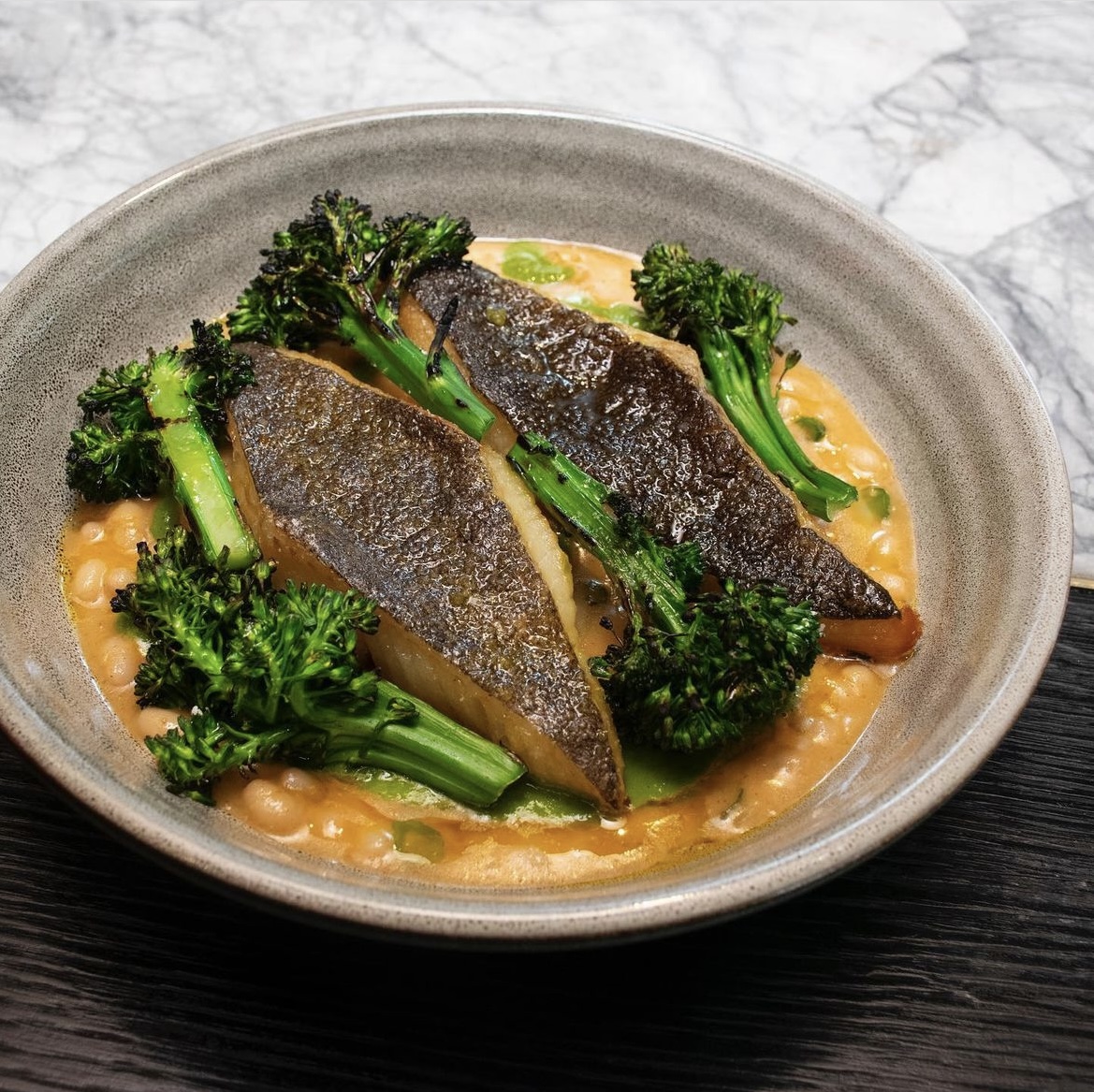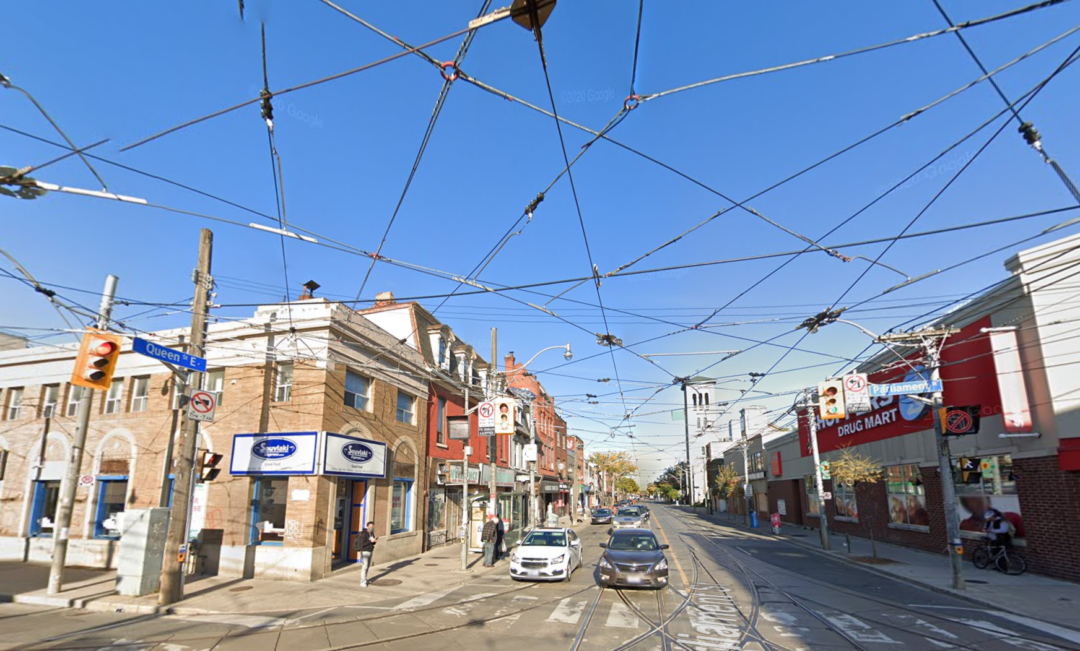Dennis Hanagan –
A Corktown business is helping Inuit fishers on Baffin Island in Canada’s Arctic to sell their seafood to Toronto markets. First Fish is providing the Inuit with greater incomes – millions of dollars – so they can benefit from an affordable housing program.
Providing affordable housing in the tiny, isolated communities was the starting point for First Fish, on Queen Street East near Sumach Street.
Mickayla Labbé, the company’s director of marketing and sales, says her dad, Mike, founder and CEO of Home Opportunities, which provides affordable housing, went to the northern communities to set up a housing program. But he soon learned the Inuit had too little income to participate.
“The unemployment rate was so high that the traditional housing development that we do in Canada wouldn’t be applicable there because there was such a need for jobs first,” says Labbé.
First Fish (whose name echoes the term First Peoples). was launched in 2015 as a non-profit wholesaler and distributor. Its first shipment of fish to Toronto arrived in 2017.
“The goal was to create sustainable employment so that eventually we could circle back and do some housing work up there,” says Labbé.
Through First Fish, the Inuit now have connections with markets and restaurants in Toronto. Plans are in the works to sell at the St. Lawrence Market.
“It really just comes down to making connections,” says Labbé. “Nunavut and Baffin Island feel so far away. There’s not a lot of connection between the southern markets and the northern communities.”
According to Divya Vaghela, the firm’s market sales coordinator, the Inuit have been earning millions of dollars. For just the Pangnirtung fishery on Baffin Island – there’s another at Rankin Inlet – the 2022 payroll for 180 workers was $2 million.
The fish, Arctic char and turbot, are flown to Iqualit airport and then to Ottawa. From there refrigerated trucks bring them to freezers in Brampton. The process can take up to a week.
“It’s not these big commercial machines that are out there on the ice. It’s just individuals, women or men,” says Labbé. “This also eliminates (unintentional) bycatch. You’re catching the fish that you want and you’re able to not negatively impact the environment.”
The fishermen venture across the ice on snowmobiles and sometimes are away from home a few days. They set up makeshift wooden structures for shelter.
Climate change has pushed the start of fishing season to January (formerly in December); it runs until about April. Fish are processed at a Canada Food Inspection Agency plant in Pangnirtung.
The Inuit work under a two-quota system, one set by the Department of Fisheries and Oceans and another set by community elders, says Vaghela. They catch only what they feel comfortable with so that the fish population can sustain itself.
“That’s another way we can see that the Indigenous are doing things differently than commercial,” says Vaghela.
Back in Toronto, restaurants are keen to buy the fish, says Labbé. “There’s been a lot of interest from restaurants from across Toronto because of the story behind First Fish and also because of the quality of the fish. It gets chefs really excited.”
The major selling point of Arctic fish is the environment they live in. “Arctic char and turbot all come from very cold, clean waters, probably some of the cleanest waters in the world,” says Labbé.
Because it’s north of the Arctic Circle the fish retain more oils, she says. “Our fish can have up to double the (standard) amount of omega-3.”
Labbé says the primary goal is to get jobs and income to the Far North; other goals and accomplishments will follow. “We’re hoping that in the future there’ll be tons of community improvements,” she says.




